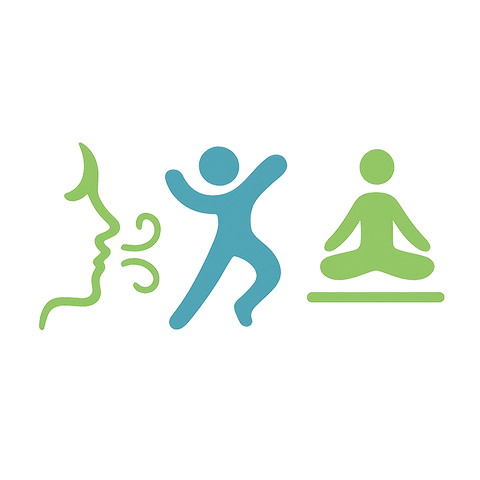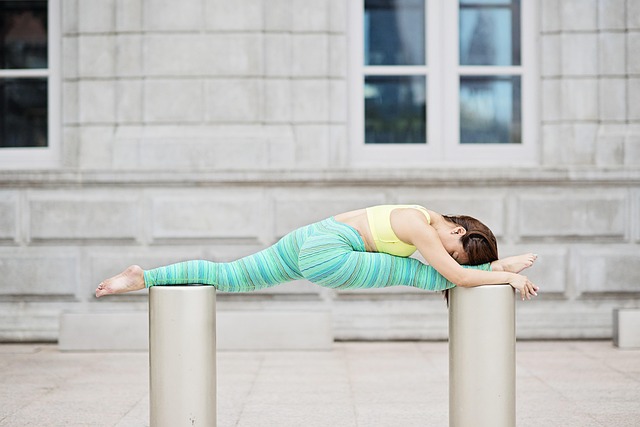The Ultimate Guide to Foam Rolling for Improved Mobility
Imagine starting your day feeling loose, refreshed, and ready to move freely without stiffness or discomfort. For many of us, mobility isn’t just about staying active; it’s about living pain-free and maintaining independence as time goes on. This is exactly where foam rolling transforms from a fitness fad into a daily ritual that supports your body’s natural movement and resilience.
The beauty of foam rolling lies in its simplicity. This self-myofascial release technique uses a firm foam cylinder to apply pressure to tight muscles and connective tissues. While it may seem straightforward, the impact on your mobility can be profound. Think of it as a self-massage that helps break down knots and tension, increases blood flow, and promotes faster recovery — all of which are essential for maintaining a supple, pain-free body.
Why Mobility Matters More Than Ever
As we age or push through intense workouts, our muscles tend to tighten, and fascia (the connective tissue around muscles) can become sticky and restrictive. This limitation often leads to discomfort, decreased range of motion, and even injury. Foam rolling helps release these restrictions, making daily movements easier and more enjoyable — whether it’s bending down to tie your shoes or hitting your personal best at the gym.
Getting Started with Foam Rolling
To reap the benefits of foam rolling, consistency and technique are key. Here’s how to begin:
- Choose the Right Foam Roller: Beginners might start with a softer roller, while those familiar with the practice can opt for firmer textures to target deeper muscles.
- Focus on Key Areas: Target commonly tight muscle groups like the calves, quads, hamstrings, glutes, and upper back.
- Roll Slowly: Spend about 30–60 seconds rolling each area, pausing on tender spots for 15–20 seconds to allow the muscle to release.
- Maintain Good Posture: Align your body properly to avoid compensations and ensure effective muscle targeting.
- Integrate with Movement: Combine foam rolling with gentle stretching or dynamic warm-ups for optimal mobility gains.
Tips to Make Foam Rolling a Habit
Incorporating foam rolling into your routine doesn’t have to feel like a chore. Here are some ideas to keep you motivated:
- Associate with Relaxation: Pair your foam rolling sessions with calming music or deep breathing to make it a mindful moment.
- Track Your Progress: Notice improvements in your flexibility and how your body feels after consistent foam rolling.
- Use It as a Transition: Foam rolling can be a perfect warm-up before exercise or a cool-down afterwards.
- Set Reminders: Whether it’s morning or evening, setting a regular time helps reinforce the habit.
Overcoming Common Foam Rolling Challenges
It’s normal to feel some discomfort at first, especially if your muscles are tight. To make the experience more enjoyable:
- Avoid rolling directly on bones or joints to prevent pain or injury.
- Adjust your body weight to control the pressure — less weight means less intensity.
- Stay hydrated to support tissue health and recovery.
- Consult a healthcare professional if you have specific injuries or chronic pain before starting foam rolling.
Foam rolling is more than just a physical practice — it’s an invitation to listen to your body, nurture it, and move through life with greater ease. Whether you are rebuilding after injury, seeking to enhance athletic performance, or simply want to feel more agile in daily activities, foam rolling can be your trusted tool for improved mobility.




